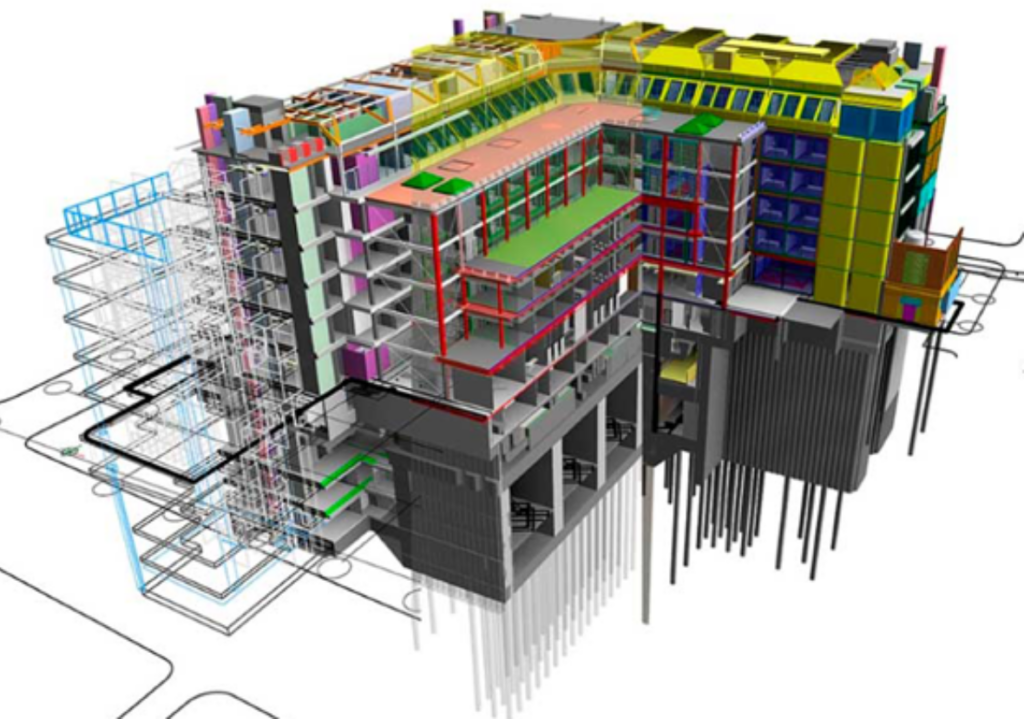From Hand Drawing to BIM

AutoCAD came on the market in 1979 and the use of it took off in the middle of the 1980’s and by 1990’s it was the platform for which engineering drawings where being produced. Before AutoCAD, engineering drawings were completed by hand, by highly skilled draughtsman. Revisions and changes to hand drawings could be cumbersome so these draughtsmen had to have a great eye for detail and make sure what they where producing was correct. This method could be very time consuming and creating copies of these drawings had its difficulties.

Once AutoCAD took off and these draughtsmen learned to draw using computer aided design the evolution of how engineering drawings started to begin. This meant other draughtsman could work on the drawings, revisions and amendments were made easier compared to hand drawings and printing and taking copies of computer aided drawings where made a lot easier, so productivity became much for efficient.

So early 2000’s 3D Models of elements started to be produced. Generally, these models were used for aesthetics and how the elements would look when constructed but would soon evolve quickly so the element being modelled could then be used to output the drawings, and this is kind of where we are now in 2022. We now have models that can contain all information, such as Structural Analysis, Element information required for O+M Manual.

So, the impact this evolvement has had is a positive one. The reasons for this are working in a BIM environment, gives a greater visibility on the project which allows for better decisions making, collaboration between design teams is much improved. The use of BIM also reduces the chances of clashing elements, accurate costings of materials and programming schedules. Now BIM models carry large amounts of data, the potential uses of the data are limitless.
We here at LSY are involved in numerous projects using AutoCAD and BIM on all projects across the UK and further afield. If you’d like to discuss any project requirements Please feel free to get in touch.
Back to all news